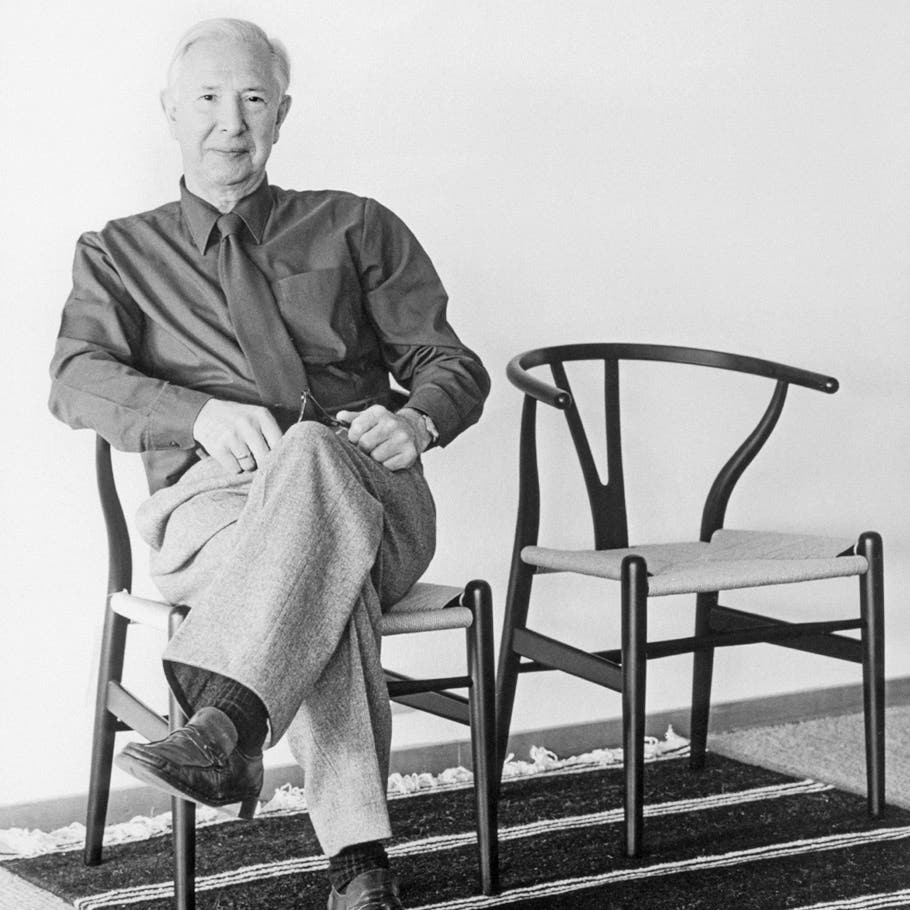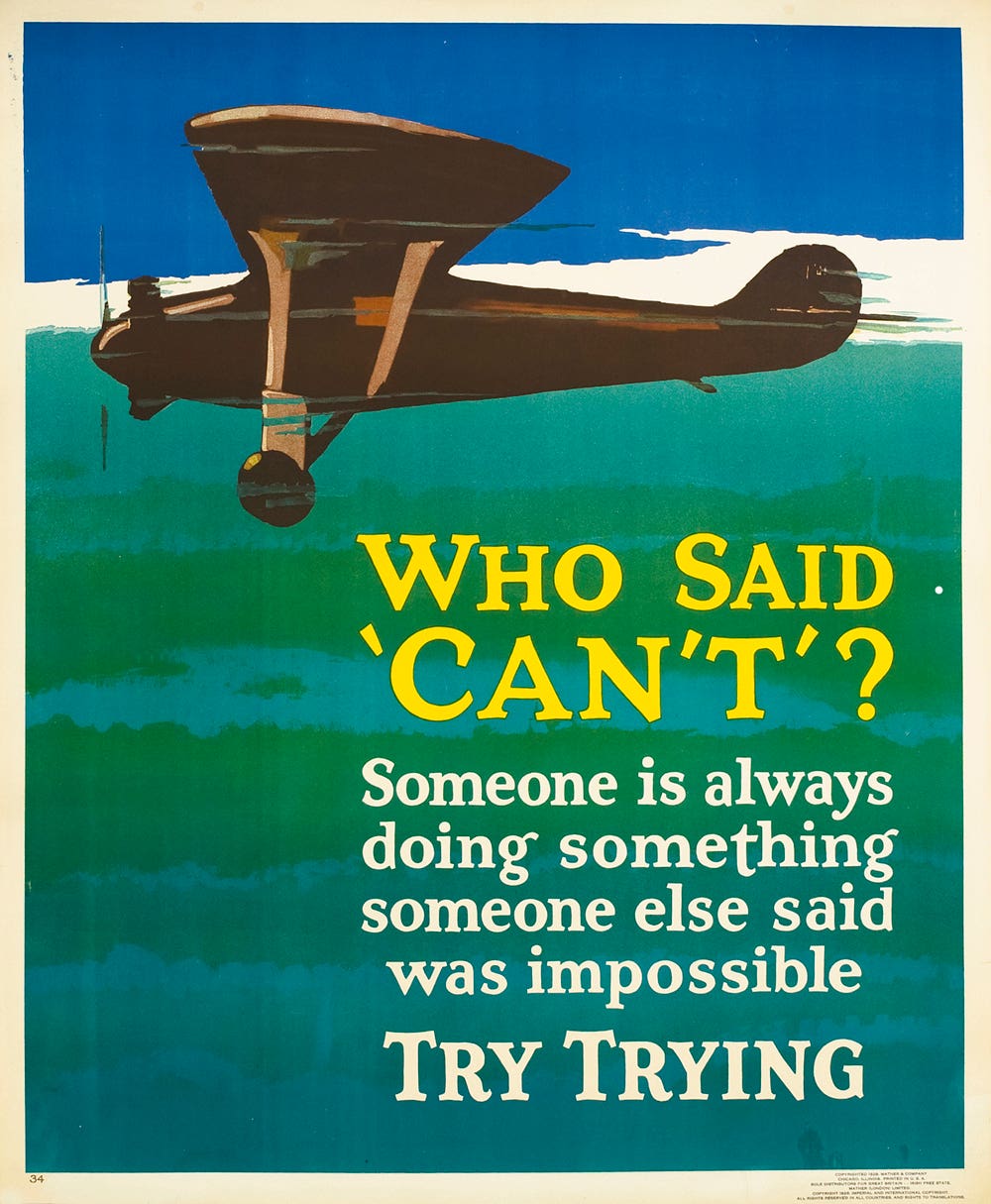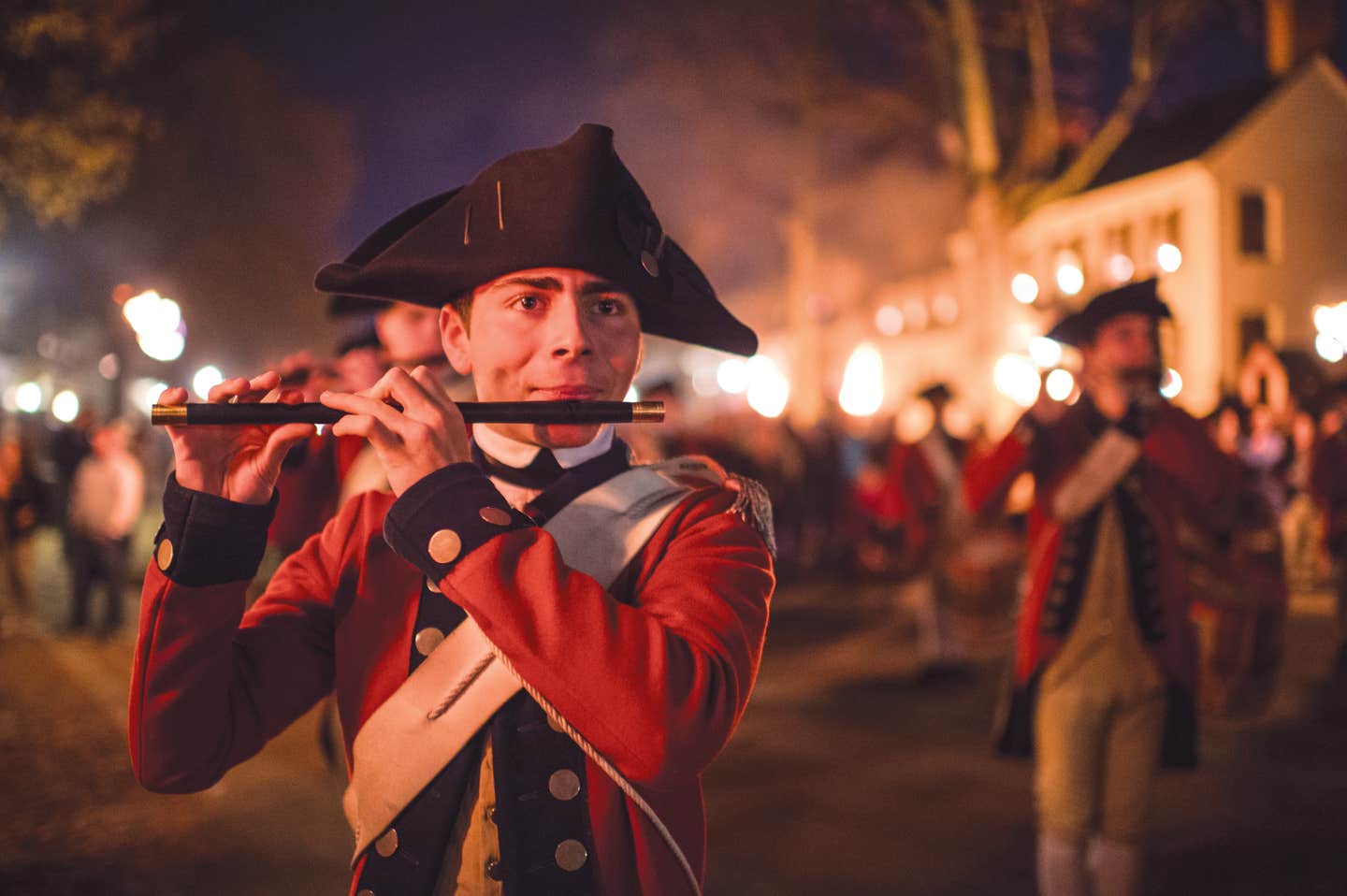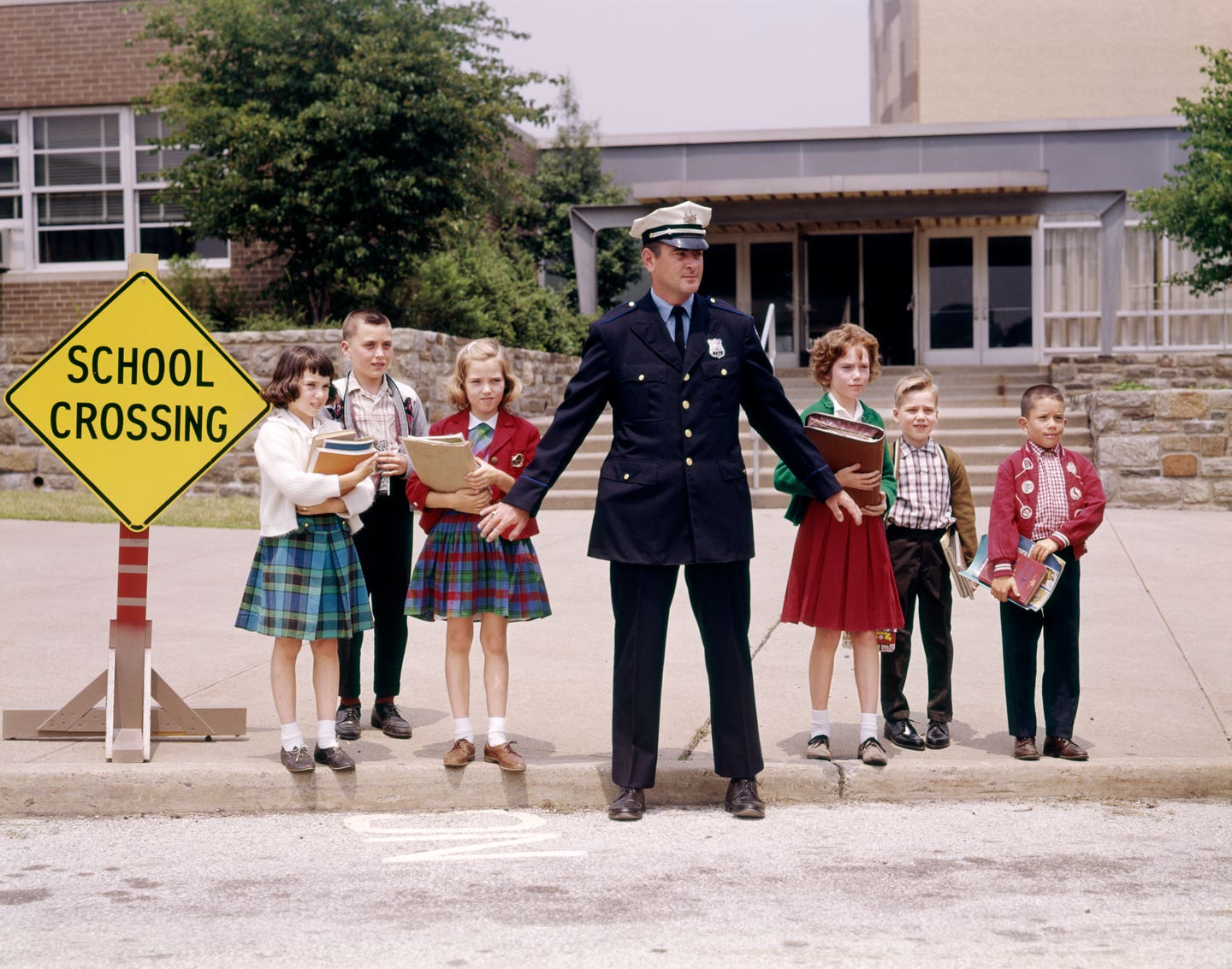These collectibles have fan-tastic stories to tell
From their early invention several millennia ago to serve the purpose of cooling yourself or shooing away insects, hand fans have evolved beyond their utilitarian function and are often used…
From their early invention several millennia ago to serve the purpose of cooling yourself or shooing away insects, hand fans have evolved beyond their utilitarian function and are often used to convey social status, enhance courting rituals, promote products and events, and serve as essential fashion accessories.
Kathryn Hanna, public relations chair for the Fan Association of North America, said that in the Far East, hand fans were often indicative of social status and also used by warriors. In the latter part of the last millennium, they were often included as gifts among European royalty. In today’s society, fans can be seen on the runways of Paris, where designers such as the late Karl Lagerfeld and Gucci have included them in their accessory collections.
“Fans elegantly combine function, art, ritual, and design and are still made in many countries across the world,” said Hanna. “Because of their simple utilitarian design, new fans are likely to always be available for sale.”
Hanna said that a great deal can be learned by collecting and studying hand fans, which have stories to tell, regardless of their subject matter. For instance, Hanna said that mythology and biblical scenes were common subjects of 18th and 19th century fans. One example is the Sun God Apollo shown in his chariot flanked by Eos, Goddess of Dawn, and Hesperis, Goddess of Evening. The reverse side shows Diana, Goddess of the Moon (pictured above).
Currently Art Deco-style advertising fans are attracting much interest from collectors.
“These types of fans can be useful in dating products or services and reflect the fashion of the time,” Hanna said.
She said that scrap fans were a popular hobby in the late 1800s, a time well before Facebook or phones with photos. Travelers took blank Japanese fans and pasted cutouts from stationary onto the fan which would then serve as their remembrance souvenir. Today there is ample opportunity to collect current fans — just look for political ones in the coming elections, Hanna said.
Museums and historical associations across the world have collected and preserved these objects that are reflective of our cultures over time. In addition, Hanna said that there are some museums that exclusively exhibit hand fans, including the Fan Museum in Greenwich, England, and the Hand Fan Museum in Healdsburg, California.
There are also at least three organizations for fan collectors and enthusiasts across the world, including the Fan Association of North America.
“This organization of several hundred collectors connects members from around the world for the purpose of sharing knowledge and research about these fascinating objects,” Hanna said.
FANA has annual conferences along with smaller regional meetings, a journal, newsletters and social media sites. Because many museum curators are unfamiliar with the intricacies of hand fans, FANA also serves as a resource by helping to identify many fans in museum collections or awarding grants.
Recently, FANA had its first Midwest Regional meeting in Springfield, IL.
“June Gamage and I were so pleased to host FANA members and provide opportunities to see numerous fans in the collections of the Abraham Lincoln Presidential Library and Museum, Edwards Place Historic Home, and the Illinois State Museum Research and Collections Center,” said conference co-chair Robin Goettel.
One of the highlights of this “Fans of Lincoln Land” conference was viewing fans previously owned by the Lincoln family, including Mary Todd Lincoln’s fan that she was holding when President Lincoln was assassinated.
FANA members also traveled to a long-time member’s home to view her personal fan collection. FANA members always have fun at their gatherings and in Springfield, one of the members made fixed fans with Abe Lincoln’s face on them.
The next national conference of FANA will be in Seattle, Washington, on May 27-31, 2020. The theme will be Fans and Flora. Members will see fans from three local museums and a local collector, and also enjoy afternoon tea in a beautiful private garden.
FANA welcomes new members, who may join by visiting FANA’s website, fanassociation.org. Fan enthusiasts are also welcome to participate in fan discussions on FANA’s Facebook page at Facebook.com/FanAssociationOfNorthAmerica/ or the Hand Fan Collectors group on Facebook.








